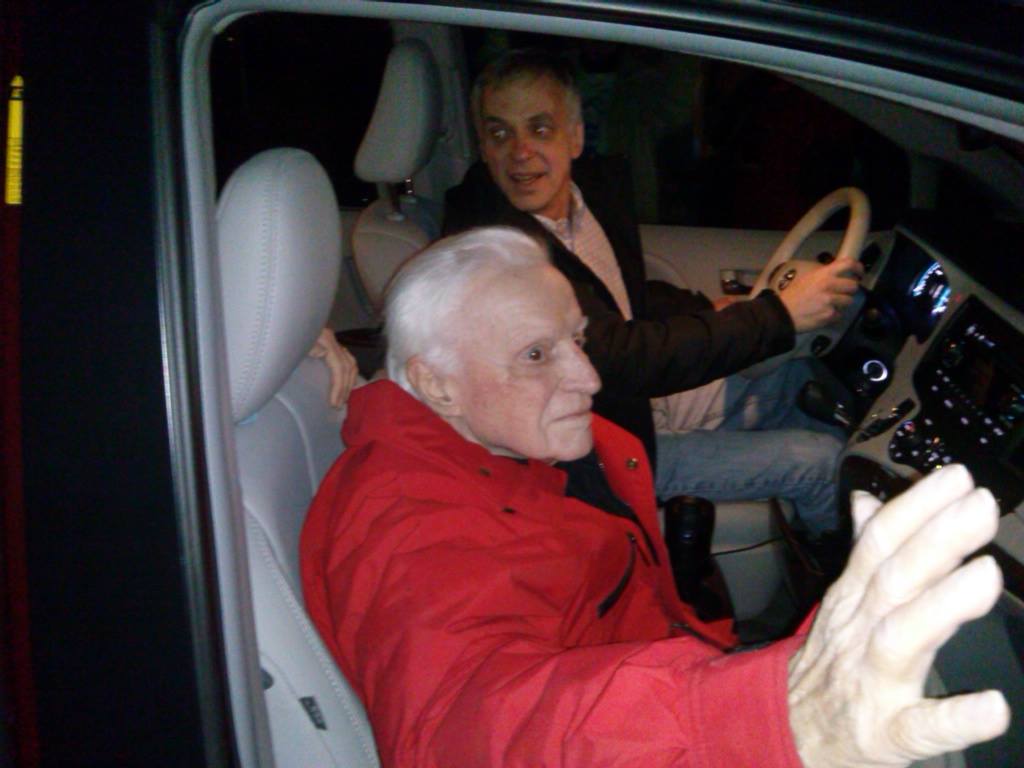Winter Storm Info., FEMA Deployed to Pennsylvania, 10 other States
3 min readSen. Robert P. Casey, Jr. News Release
As a major winter storm continues to impact the Midwest and South, and heads toward the Northeast tomorrow, the Federal Emergency Management Agency (FEMA) is continuing to urge all residents to get prepared, especially for potential power outages and icy roads. Families and individuals can visit www.ready.gov or www.listo.gov for information on how to get ready for snowstorms, dangerous driving conditions and other types of winter emergencies.
The National Weather Service remains the source for official severe weather information, and has issued winter storm watches, warning or advisories in over 30 states, and blizzard warnings have been issued for eight states, including Kansas, Missouri, Wisconsin, Oklahoma, Illinois, Iowa, Michigan and Indiana.
As of this morning, FEMA has deployed personnel to Arkansas, Connecticut, Illinois, Indiana, Kansas, Missouri, New Jersey, New York, Oklahoma, Pennsylvania, and Rhode Island to closely coordinate with state officials should federal emergency response assistance be needed.
FEMA has pre-staged emergency commodities across the United States should they be needed to support state and local emergency response operations. Additionally, FEMA is proactively sending additional supplies such as water, meals, blankets, cots and power generators to various locations in case they become needed.
Key Points on Winter Storm Hazards
- Freezing Rain creates a coating of ice on roads and walkways.
- Sleet is rain that turns to ice pellets before reaching the ground. Sleet also causes roads to freeze and become slippery.
- Winter Weather Advisory means cold, ice and snow are expected.
- Winter Storm Watch means severe weather such as heavy snow or ice is possible in the next day or two.
- Winter Storm Warning means severe winter conditions have begun or will begin very soon.
- Blizzard is issued for winter storms when the following conditions are expected to last for at least three hours: winds of at least 35 miles per hour with considerable snowfall that reduces visibility to ¼ of a mile or less.
When a winter storm warning is issued, stay indoors during the storm. Avoid traveling by car, but if you must, make sure you have an emergency supply kit in the trunk of your car. FEMA urges families to maintain an emergency supply kit both at home and in the car to help prepare for winter power outages and icy or impassable roads. Visit www.ready.govor www.listo.gov for more winter preparedness information, as well as additional information on staying safe during emergencies.
Remember, while portable generators are useful when temporary or remote electric power is needed, generators also can be extremely hazardous and even life-threatening.
The primary hazards when using a generator are carbon monoxide (CO) poisoning from the toxic engine exhaust, electric shock or electrocution, and fire. Most of the deaths and injuries associated with portable generators are from CO poisoning from generators used indoors or in partially enclosed spaces.
Generators can produce high levels of CO very quickly. You cannot smell or see CO so even if you do not smell exhaust fumes, you may be exposed. If you start to feel sick, dizzy, or weak while using a generator, get to fresh air immediately. The CO from generators can rapidly lead to full incapacitation and death. If you experience serious symptoms, get medical attention right away. Inform medical staff that CO poisoning is suspected. If the symptoms occurred while indoors, call the fire department to determine if it is safe to re-enter the building. Follow these safety tips to protect against CO poisoning:
Follow the instructions that come with your generator. Never use a generator indoors or in partially enclosed spaces, including homes, garages, basements, crawl spaces, and other enclosed or partially enclosed areas, even with ventilation. Opening doors and windows or using fans will not prevent CO build-up in the home.
- Locate the unit outdoors and away from doors, windows, and vents that could allow CO to come indoors.
- Install battery-operated or plug-in CO alarms with battery back up in your home, according to the manufacturer’s installation instructions. The CO alarms should be certified to the requirements of the latest safety standards for CO alarms (UL 2034, IAS 6-96, or CSA 6.19.01).
- Test your CO alarm batteries frequently and replace dead batteries.


